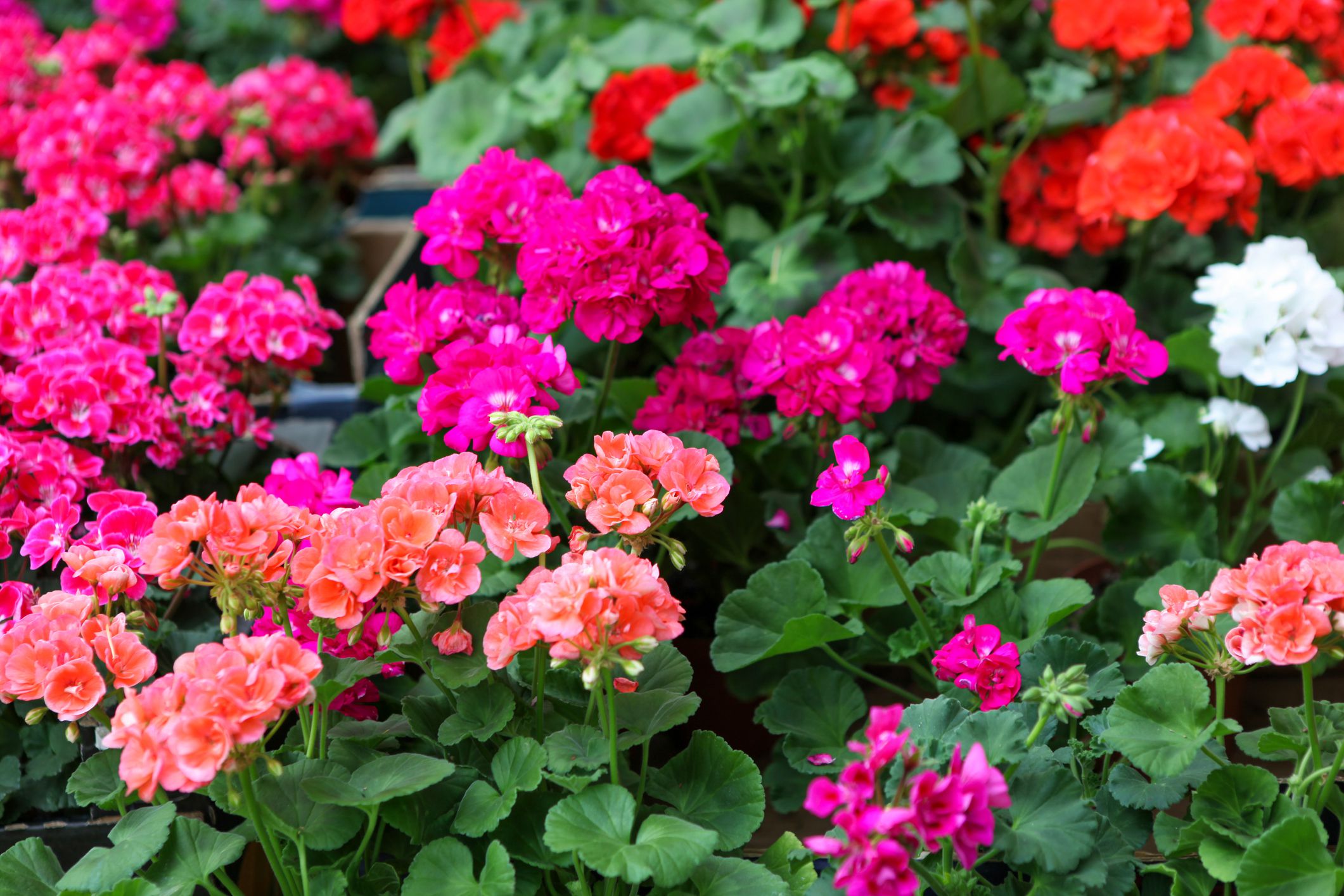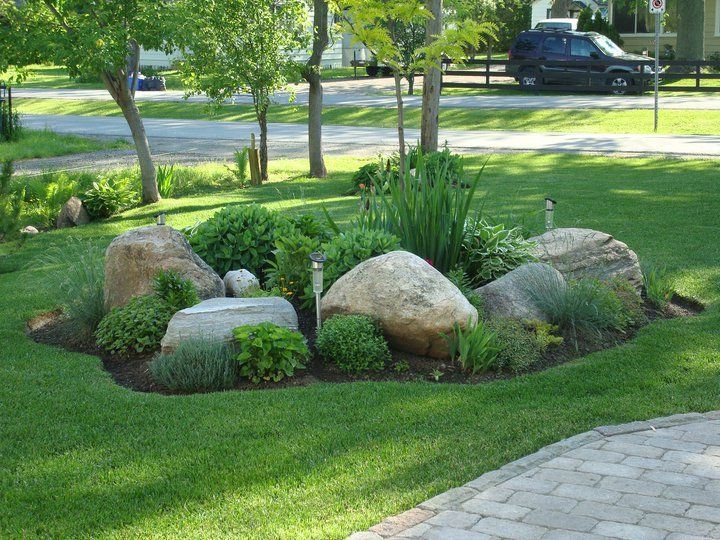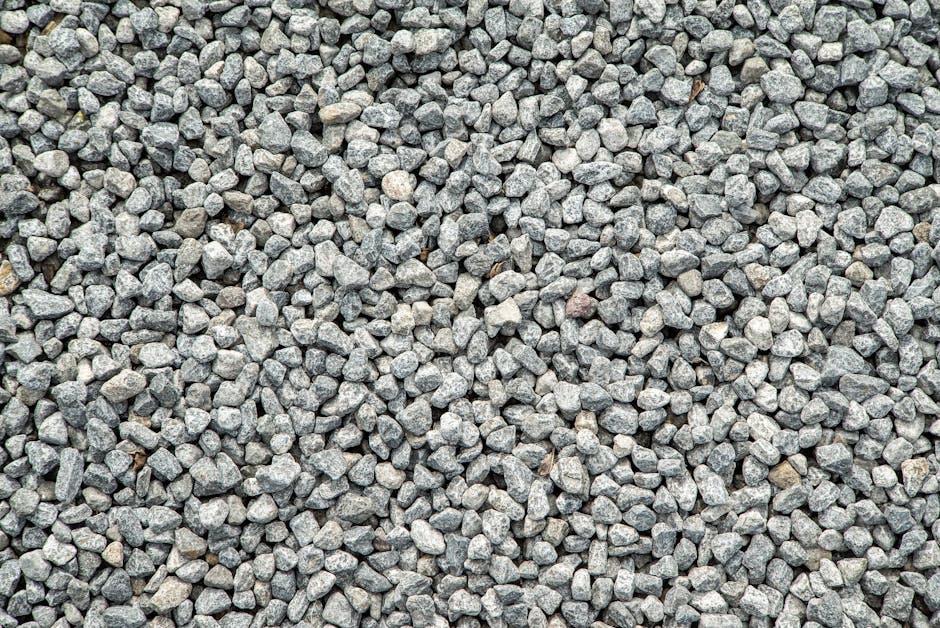Creating stunning gardens that thrive in full sun conditions while providing continuous color throughout the growing season requires understanding which full sun flowers and perennials that bloom all summer can withstand intense heat and bright light. Many gardeners struggle with hot, sunny locations, wondering what flowers that like full sun will provide reliable, long-lasting beauty.
Full sun perennials that successfully bloom all summer typically possess drought tolerance, heat resistance, and continuous flowering habits. Perennial flowers full sun locations demand hardy species like coneflowers, black-eyed Susans, and salvia that can handle 6+ hours of direct sunlight while maintaining their blooming performance throughout summer months.
This comprehensive guide explores full sun flowering plants, examines which perennials that flower all summer thrive in challenging sunny conditions, and provides detailed growing information to help you create beautiful, continuously blooming gardens that flourish in even the most sun-drenched landscapes. For professional garden design featuring full sun perennials, explore our garden planting design services.
Understanding Full Sun Growing Conditions
What Qualifies as Full Sun?
Full sun in gardening terms refers to areas receiving 6 or more hours of direct sunlight daily. Understanding the specific characteristics of full sun conditions helps gardeners select appropriate plants for lots of sun and create successful garden designs.
Full Sun Characteristics:
- 6+ hours direct sunlight: Continuous exposure during peak sun hours
- Intense heat buildup: Temperatures often 10-15°F higher than shaded areas
- Rapid soil moisture loss: Increased evaporation rates require more frequent watering
- UV exposure: High levels of ultraviolet radiation affect plant tissues
- Wind exposure: Open sunny areas often experience more air movement
Challenges of Full Sun Gardening:
- Heat stress: Plants may wilt or stop blooming in extreme temperatures
- Water demands: Higher irrigation requirements than partial sun locations
- Soil temperature: Hot soil can stress plant roots and reduce nutrient uptake
- Light intensity: Can cause leaf scorch on sensitive plants
- Seasonal variations: Summer conditions more challenging than spring/fall
What Plants Do Well in Full Sun and Heat?
What plants do well in full sun and heat depends on their natural adaptations to intense sunlight and high temperatures. Successfully thriving full sunshine plants share specific characteristics that enable them to flourish in challenging conditions.
Heat and Sun Adaptation Traits:
- Deep root systems: Access water from lower soil layers
- Waxy or fuzzy leaves: Reduce moisture loss and reflect sunlight
- Silver or gray foliage: Natural sun protection through light reflection
- Succulent characteristics: Store water in leaves or stems
- Continuous blooming habit: Genetic programming for extended flowering
Plant Categories That Excel in Full Sun:
- Native prairie plants: Evolved in open, sunny grasslands
- Mediterranean herbs: Adapted to hot, dry summers
- Desert natives: Natural tolerance for extreme heat and sun
- Ornamental grasses: Many species thrive in full sun conditions
- Drought-tolerant perennials: Bred for heat and water efficiency
Top Full Sun Perennials That Bloom All Summer
Reliable Continuous Bloomers
Perennials that bloom all summer in full sun conditions provide the backbone of successful sunny garden designs. These dependable performers maintain flowering from early summer through first frost.
Coneflowers (Echinacea species):
Sun requirements: Full sun (6+ hours) Bloom period: June through October Colors: Purple, pink, white, orange, yellow, red Height: 1-4 feet depending on variety Benefits: Drought tolerant, attracts butterflies, low maintenance Growing tips: Deadhead for continuous bloom, divide every 3-4 years
Black-Eyed Susans (Rudbeckia species):
Sun requirements: Full sun preferred Bloom period: July through September Characteristics: Bright yellow petals with dark centers Height: 1-3 feet typical Advantages: Extremely drought tolerant, self-seeding, deer resistant Maintenance: Cut back after blooming, may spread aggressively
Salvia (Salvia species):
Sun requirements: Full sun for best performance Bloom period: May through October Flower types: Spiky clusters in various colors Varieties: Perennial sage, meadow sage, autumn sage Benefits: Heat tolerant, attracts hummingbirds, aromatic foliage Care: Regular deadheading extends blooming season
Blanket Flower (Gaillardia grandiflora):
Sun requirements: Full sun essential Bloom period: June through frost Colors: Red, yellow, orange, burgundy combinations Height: 12-24 inches typically Advantages: Extremely heat and drought tolerant Growing: Well-draining soil essential, avoid overwatering
Heat-Tolerant Summer Performers
Full sun flowering plants that excel in high heat conditions provide reliable color during the most challenging summer months when other plants may struggle.
Catmint (Nepeta species):
Sun tolerance: Full sun to partial shade Bloom period: May through September Characteristics: Aromatic gray-green foliage, blue-purple flowers Height: 12-36 inches depending on variety Benefits: Deer resistant, drought tolerant, attracts beneficial insects Maintenance: Shear back mid-season for fresh growth and rebloom
Daylilies (Hemerocallis species):
Sun requirements: Full sun for best blooming Bloom period: June through August (variety dependent) Colors: Nearly every color except blue and pure white Types: Standard, miniature, spider, double forms Advantages: Adaptable, low maintenance, multiply readily Care: Divide every 3-5 years, remove spent flower stalks
Sedum (Hylotelephium species):
Sun requirements: Full sun preferred Bloom period: Late summer through fall Characteristics: Succulent foliage, flat-topped flower clusters Popular varieties: 'Autumn Joy', 'Autumn Fire', 'Brilliant' Benefits: Extremely drought tolerant, fall interest, attracts butterflies Growing: Excellent drainage required, avoid wet soils
Yarrow (Achillea millefolium):
Sun tolerance: Full sun essential Bloom period: June through September Colors: White, yellow, pink, red, orange Height: 18-36 inches typical Advantages: Deer resistant, drought tolerant, cut flower use Maintenance: Deadhead regularly, may need staking in rich soils
Flowers That Like Full Sun: Annual Options
Heat-Loving Annual Flowers
Flowers for full sunlight include numerous annual options that provide immediate color and continuous blooming throughout the growing season.
Zinnias (Zinnia elegans):
Sun requirements: Full sun for best performance Bloom period: June through frost Height range: 6 inches to 4 feet Colors: All colors except blue Benefits: Easy to grow, attracts butterflies, excellent cut flowers Growing tips: Plant after soil warms, provide good air circulation
Marigolds (Tagetes species):
Sun tolerance: Full sun preferred Bloom period: May through frost Types: French, African, signet marigolds Colors: Yellow, orange, red, burgundy, white Advantages: Heat tolerant, pest deterrent, low maintenance Care: Deadhead for continuous bloom, avoid overhead watering
Sunflowers (Helianthus annuus):
Sun requirements: Full sun essential Bloom period: July through September Height range: 1-12 feet depending on variety Types: Branching, single-stem, dwarf, giant varieties Benefits: Attracts birds, drought tolerant, dramatic impact Growing: Plant after frost danger, provide wind protection for tall types
Cosmos (Cosmos bipinnatus):
Sun tolerance: Full sun to light shade Bloom period: June through frost Characteristics: Feathery foliage, daisy-like flowers Colors: Pink, white, burgundy, orange (different species) Advantages: Drought tolerant, self-seeding, attracts beneficial insects Maintenance: Minimal care required, deadhead for neatness
Continuous Blooming Strategies
Creating flowers all summer perennial displays requires understanding blooming cycles and succession planting techniques.
Succession Planting Methods:
- Staggered sowing: Plant annuals every 2-3 weeks for continuous bloom
- Variety selection: Choose early, mid, and late-season bloomers with native plant selections
- Deadheading schedule: Remove spent flowers to encourage continued blooming
- Fertilizer timing: Light feeding promotes continuous flower production
Companion Planting for Extended Season:
- Spring bloomers: Tulips, daffodils, early perennials
- Summer peaks: Main flowering season plants
- Fall extensions: Asters, mums, late-blooming sedums
- Winter interest: Ornamental grasses, seed heads, evergreen structure
Zone-Specific Growing Information
Zone 5 Perennials That Bloom All Summer
Zone 5 perennials that bloom all summer must withstand winter temperatures of -20 to -10°F while providing continuous summer blooming in full sun conditions. For professional perennial garden design and installation in Nashville, Brentwood, Franklin, or Nolensville, contact our garden specialists to create your perfect full sun garden.
Reliable Zone 5 Performers:
Bee Balm (Monarda didyma):
- Hardiness: USDA zones 4-9
- Sun requirements: Full sun to partial shade
- Bloom period: July through September
- Colors: Red, pink, purple, white
- Benefits: Attracts hummingbirds and butterflies, aromatic foliage
Shasta Daisy (Leucanthemum x superbum):
- Hardiness: USDA zones 5-9
- Sun tolerance: Full sun preferred
- Bloom period: June through August
- Characteristics: White petals, yellow centers, classic daisy form
- Advantages: Long-lasting cut flowers, reliable bloomer
Purple Coneflower (Echinacea purpurea):
- Hardiness: USDA zones 3-9
- Sun requirements: Full sun
- Bloom period: June through September
- Benefits: Native plant, extremely hardy, medicinal uses
- Growing: Drought tolerant once established, self-seeding
Zone 6 Perennials That Bloom All Summer
Zone 6 perennials that bloom all summer tolerate winter lows of -10 to 0°F and often have extended growing seasons compared to colder zones.
Excellent Zone 6 Options:
Phlox (Phlox paniculata):
- Hardiness: USDA zones 4-8
- Sun requirements: Full sun to partial shade
- Bloom period: July through September
- Colors: Pink, white, purple, red, salmon
- Benefits: Fragrant flowers, attracts butterflies
- Care: Ensure good air circulation, divide every 3-4 years
Coreopsis (Coreopsis grandiflora):
- Hardiness: USDA zones 4-9
- Sun tolerance: Full sun essential
- Bloom period: June through October
- Characteristics: Bright yellow flowers, fine-textured foliage
- Advantages: Extremely drought tolerant, self-cleaning varieties available
Russian Sage (Perovskia atriplicifolia):
- Hardiness: USDA zones 4-9
- Sun requirements: Full sun
- Bloom period: July through September
- Features: Silvery foliage, purple-blue flowers, architectural form
- Benefits: Deer resistant, drought tolerant, aromatic
Low Growing Options for Front Gardens
Low Growing Perennials That Bloom All Summer
Low growing perennials that bloom all summer provide excellent options for front borders, edging, and groundcover applications in full sun locations.
Compact Continuous Bloomers:
Creeping Phlox (Phlox subulata):
- Height: 4-6 inches
- Spread: 12-18 inches
- Bloom period: April through May, with sporadic summer blooms
- Colors: Pink, white, purple, blue
- Uses: Rock gardens, slopes, border edging
- Benefits: Evergreen foliage, drought tolerant
Sedum 'Angelina' (Sedum rupestre):
- Height: 3-6 inches
- Spread: 12-24 inches
- Bloom period: Yellow flowers in summer
- Foliage: Golden needle-like leaves year-round
- Applications: Groundcover, containers, green roofs
- Advantages: Extremely drought tolerant, deer resistant
Coral Bells (Heuchera species):
- Height: 8-12 inches (foliage), 12-24 inches (flowers)
- Sun tolerance: Full sun to partial shade (varies by variety)
- Bloom period: May through July
- Foliage colors: Green, purple, silver, orange, lime
- Benefits: Colorful foliage year-round, delicate flower spires
Catmint 'Walker's Low' (Nepeta x faassenii):
- Height: 12-18 inches
- Spread: 18-24 inches
- Bloom period: May through September
- Characteristics: Gray-green aromatic foliage, lavender-blue flowers
- Advantages: Deer resistant, drought tolerant, long blooming
Design Applications for Low-Growing Plants
Incorporating low growing perennials that bloom all summer into garden designs requires understanding their role in creating layered, visually appealing landscapes.
Front Border Strategies:
- Height graduation: Start with 6-12 inch plants in front
- Color coordination: Plan bloom colors with taller background plants
- Seasonal succession: Ensure continuous color through growing season
- Maintenance access: Allow space for care of taller plants behind
Edging Applications:
- Path definition: Use consistent low plants to define walkways
- Bed boundaries: Create clear separation between lawn and garden beds
- Formal patterns: Geometric arrangements for structured gardens
- Informal drifts: Natural-looking masses for cottage garden styles
Heat and Drought Management
Water-Wise Gardening Techniques
Successfully growing plants that do well in full sunlight requires efficient water management strategies that conserve moisture while maintaining plant health.
Soil Preparation for Water Retention:
- Organic matter addition: Compost improves water-holding capacity
- Mulching strategies: 2-3 inches of organic mulch reduces evaporation
- Soil amendment: Add composted materials annually
- Drainage balance: Ensure good drainage while retaining moisture
Efficient Irrigation Methods:
- Drip irrigation: Delivers water directly to root zones
- Soaker hoses: Provide slow, deep watering
- Morning watering: Reduces disease and allows plants to prepare for heat
- Deep, infrequent watering: Encourages deep root development
Plant Selection for Water Efficiency:
- Native plants: Adapted to local rainfall patterns
- Drought-tolerant varieties: Require minimal supplemental watering
- Established perennials: Mature root systems access deeper moisture
- Appropriate plant density: Avoid overcrowding that increases water competition
Heat Stress Prevention
Protecting full sunshine plants from heat stress ensures continued blooming and plant health during extreme temperature periods.
Heat Protection Strategies:
- Adequate spacing: Good air circulation reduces heat buildup
- Mulch application: Keeps soil temperatures moderate
- Proper fertilization: Avoid high nitrogen during hot weather
- Stress monitoring: Watch for wilting, leaf scorch, or bloom cessation
Microclimate Creation:
- Strategic shading: Use taller plants to provide afternoon shade for sensitive species
- Wind barriers: Reduce hot, drying winds with screens or plantings
- Water features: Small fountains or birdbaths create cooling effects
- Reflective mulches: Light-colored mulches reduce soil temperature
Seasonal Care and Maintenance
Spring Preparation
Preparing perennial flowers full sun gardens for the growing season ensures optimal performance and continuous blooming throughout summer.
Early Spring Tasks (March-April):
- Soil preparation: Add compost and organic matter
- Pruning: Cut back ornamental grasses and late-blooming perennials
- Division: Divide overcrowded perennials every 3-4 years
- Mulch application: Apply fresh mulch around established plants
- Fertilizer application: Light feeding with balanced fertilizer
Late Spring Activities (May-June):
- Annual planting: Plant heat-loving annuals after frost danger passes
- Watering system check: Test and repair irrigation systems
- Pest monitoring: Watch for early insect damage
- Support installation: Stake tall plants before they need it
Summer Maintenance
Maintaining continuous blooms throughout summer requires consistent care and attention to plant needs during peak growing season.
Monthly Summer Tasks:
- Deadheading: Remove spent flowers to encourage continued blooming
- Water monitoring: Adjust irrigation based on rainfall and temperature
- Fertilizer application: Light monthly feeding for continuous bloomers
- Pest and disease control: Regular inspection and treatment as needed
- Mulch maintenance: Refresh mulch as it decomposes
Heat Wave Management:
- Increased watering: Supplement irrigation during extreme heat
- Temporary shade: Provide afternoon shade for stressed plants
- Harvest timing: Cut flowers early morning when stems are fully hydrated
- Activity scheduling: Perform garden work during cooler morning hours
Fall Transition
Preparing full sun perennials for winter while extending the blooming season requires careful planning and selective maintenance.
Early Fall Care (September-October):
- Seed collection: Gather seeds from desirable plants for next year
- Selective cleanup: Remove diseased material, leave beneficial seed heads
- Bulb planting: Plant spring bulbs for early season color
- Compost preparation: Begin composting garden debris
Late Fall Preparation (November-December):
- Final cleanup: Remove annual plants and diseased perennial material
- Mulch application: Extra mulch protection for marginally hardy plants
- Tool maintenance: Clean and store garden tools
- Planning: Begin planning for next year's garden improvements
Troubleshooting Common Issues
Bloom Failure Diagnosis
When perennials that flower all summer stop blooming or fail to perform as expected, systematic diagnosis helps identify and correct problems.
Common Causes of Poor Blooming:
- Insufficient sunlight: Plants receiving less than 6 hours direct sun
- Overfertilization: Excess nitrogen promotes foliage at expense of flowers
- Water stress: Both drought and overwatering can reduce blooming
- Overcrowding: Competition for resources reduces individual plant performance
- Age factors: Old clumps may need division to restore vigor
Diagnostic Steps:
- Light assessment: Measure actual sunlight hours at plant location
- Soil testing: Check pH, nutrient levels, and drainage
- Water evaluation: Monitor soil moisture at root depth
- Plant inspection: Look for signs of pests, diseases, or stress
- Care review: Evaluate fertilization, pruning, and maintenance practices
Problem-Solving Solutions
Addressing specific issues that affect flowers that like full sun requires targeted interventions based on accurate problem identification.
Sunlight Problems:
- Insufficient light: Relocate plants or remove shade-causing obstacles
- Too much heat: Provide afternoon shade or improve air circulation
- Light quality: Ensure direct (not filtered) sunlight for sun-loving plants
Soil Issues:
- Poor drainage: Improve soil structure or create raised beds
- Nutrient deficiency: Apply appropriate fertilizers based on soil test
- pH problems: Amend soil to achieve optimal pH range (6.0-7.0 for most plants)
- Compaction: Improve soil structure with organic matter
Water Management:
- Drought stress: Increase watering frequency and improve soil moisture retention
- Overwatering: Reduce irrigation and improve drainage
- Inconsistent moisture: Install drip irrigation or soaker hose systems
Creating Stunning Full Sun Gardens
Design Principles for Sun Gardens
Creating beautiful gardens with plants that grow in full sun requires understanding design principles that work specifically with sun-loving plants and challenging growing conditions.
Color Planning for Full Sun:
- Hot colors: Reds, oranges, and yellows complement intense sunlight
- Cool contrasts: Blues and purples provide visual relief from heat
- White accents: Reflect light and provide cooling visual effects
- Foliage colors: Silver and gray plants add texture and heat tolerance
Texture and Form Combinations:
- Contrasting textures: Mix fine grasses with bold perennial foliage
- Height variations: Create visual interest with plants of different heights
- Seasonal structure: Include plants that provide winter interest
- Movement elements: Ornamental grasses add motion in breezes
Practical Design Considerations:
- Maintenance access: Plan pathways for garden care
- Irrigation efficiency: Group plants with similar water needs
- Microclimate creation: Use larger plants to moderate conditions for smaller ones
- Succession planning: Ensure continuous color through growing season
Conclusion: Mastering Full Sun Gardening
Successfully growing full sun perennials and creating gardens with flowers that bloom all summer requires understanding plant selection, proper care techniques, and design principles that work with challenging sunny conditions. Full sun flowers that thrive in intense heat and bright light provide opportunities for stunning, continuously blooming gardens.
The key to success with perennials that bloom all summer lies in choosing appropriate plants for your specific zone and conditions, providing consistent care throughout the growing season, and understanding how to work with rather than against the challenges of full sun gardening.
Flowers that like full sun offer some of the most rewarding gardening experiences, with vibrant colors, strong fragrances, and the satisfaction of creating beautiful spaces that thrive in challenging conditions. Whether you're working with plants for lots of sun in a new landscape or improving an existing sunny garden, the principles and plant suggestions in this guide provide the foundation for long-term gardening success.
Ready to transform your sunny spaces into continuously blooming gardens? Start with proven performers like coneflowers and black-eyed Susans, then expand your palette with the many full sunshine plants that will provide season-long beauty in your landscape.



